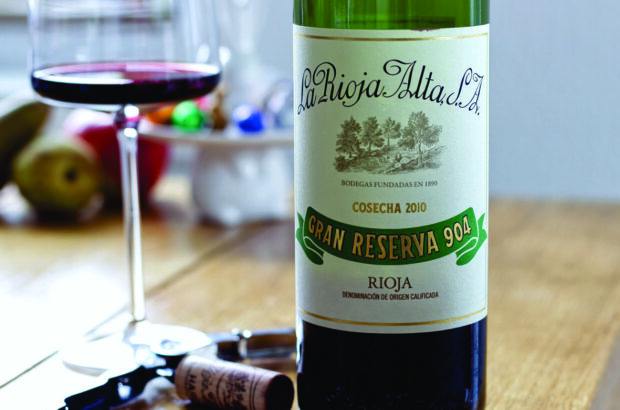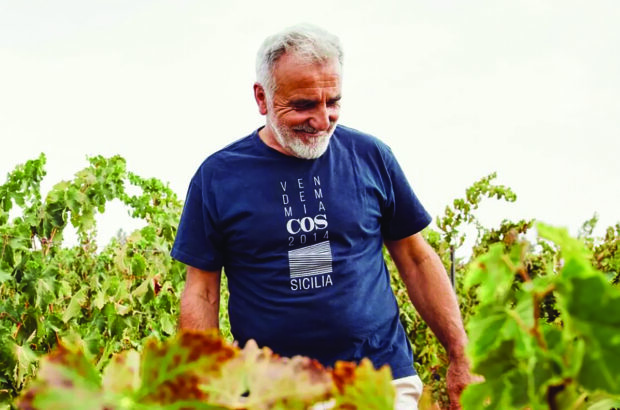Should you store Madeira on its side or upright?
Madeira is one of the easiest wines to store. Having been exposed to heat and oxygen during the winemaking process, Madeira is nowhere near as demanding as other wines. There is no need to lay down a bottle of Madeira in a cool cellar.
With the exception of colheita and frasqueira (vintage) Madeira, most wines are bottled with stopper corks and should be left standing upright. Vintage Madeiras are often bottled with short driven corks, which provide a fairly poor barrier between the wine and the outside world.
Should a cork ever be replaced on a very old bottle of Madeira?
Any wine being stored for any length of time should be stored upright and recorked from time to time. Blandy’s, for example, has a policy of checking on its vintage stock every 20 years and recorking if necessary.
A representative of IVBAM (the Instituto do Vinho, Bordado e Artesanato da Madeira) must be present when any bottles are recorked by a shipper on the island to ensure authenticity. The wines will be resealed with an IVBAM selo de origem seal. There is no such assurance when a bottle has been recorked by a private collector and consequently no way of ensuring provenance.
A conscientious collector will label the bottle with the date when it was recorked.












